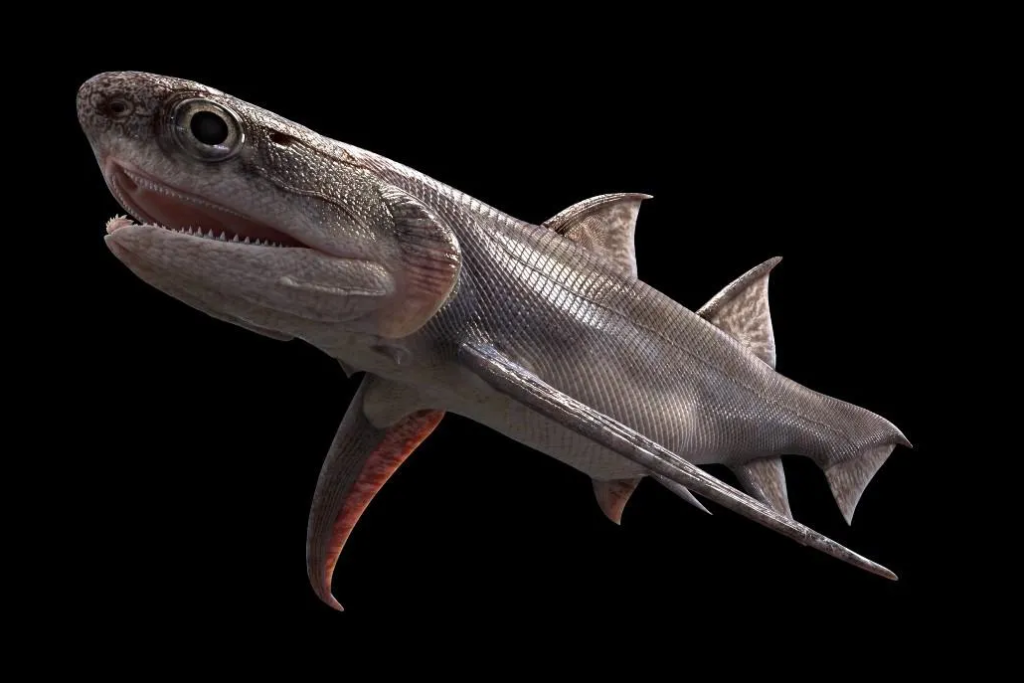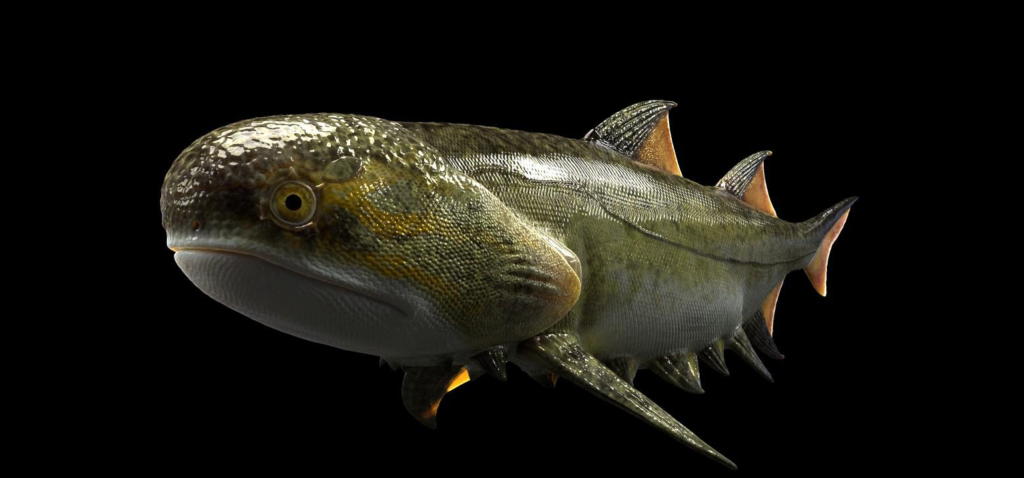According to fresh evidence, the initial appearance of shark-like ‘jawed fish’ may have occurred 15 million years earlier than previously assumed.
Jawed fish may have first appeared during the end of the Ordovician or the start of the Silurian period, about 440 million years ago, according to a few fossil teeth from a brand-new species that were discovered in rock samples from China.
Ordovician Period is, in geologic time, the second period of the Paleozoic Era. It began 485.4 million years ago. The Silurian Period is although the third period of the Paleozoic Age, it followed the Ordovician Period.
The earliest jawed fish that had been positively identified up until that point were species from the upper Silurian era, which dates from 424 million years ago. These include the partially armored placoderm species and the bony “lobe-finned” sarcopterygian species, which were formerly found in China and Vietnam.
Researchers from the Birmingham University in the United Kingdom, the Chinese Academy of Sciences, Institute of Vertebrate Paleontology and Paleoanthropology, and Qujing Normal University (QJNU) in China discovered and analyzed the fossil samples.



The paper’s co-author and lecturer at the University of Birmingham, Dr. Ivan Sansom said, “Until this point, we’ve picked up hints from fossil scales that the evolution of jawed fish occurred much earlier in the fossil record, but have not uncovered anything definite in the form of fossil teeth or fin spines.”
The fossils were uncovered by researchers from the site of a new road being dug in Guizhou Province, in China. The team found lots of scales in the sample, but eventually also uncovered a number of tiny teeth between 1.5 mm and 2.5 mm long.
“Scales are relatively easy to find because they are so plentiful,” added Dr. Sansom. “But teeth are much scarcer. The scale and speed at which IVPP and QJNU colleagues were able to sift through the material in partnership with enabled us to identify these scarce remains more effectively than in previous projects.”
Around 20 of the teeth turned out to be from the same species. From the arrangement of the teeth and the shape of their bases, the team established that they would have come from a fish with an arched jaw margin, with offset tooth rows, similar to those found in sharks. The team dated the materials using a variety of methods, including CT scanning, and determined that they belonged to the early Silurian epoch.
The new species has been named Qianodus duplicis, from the Greek words odus, which means tooth, and duplicis, which refers to the double row of teeth. Qian is an ancient name for Guizhou Province.



In a separate paper, published in Nature, the team also identified fossil elements that relate to ‘fin spines’, bony projections in front of the fins which can be seen today on Port Jackson sharks. In acknowledgment of the remodelling of the base of the spines and scales, a new species, Fanjingshania renovata, was named after Mount Fanjingshan, which is near to the location from whence this material was collected.
“The early so-called ‘spiny sharks’ had these features on all of their fins, but the examples that we have found belong to a much earlier period,” says Dr. Plamen Andreev, lead author on these papers. “These are the first creatures that we would recognise today as fish-like, evolving from creatures often referred to as ‘clams with tails’, from earlier in the Ordovician period.”
Cartilaginous fish, including sharks, separated off at some point from bony fish, from which humans eventually evolved. The point at which this occurred, however, is obscured within ghost ranges in the Ordovician period where only hints in the fossil record have been found. As a result, how and when this separation occurred remains a mystery.
